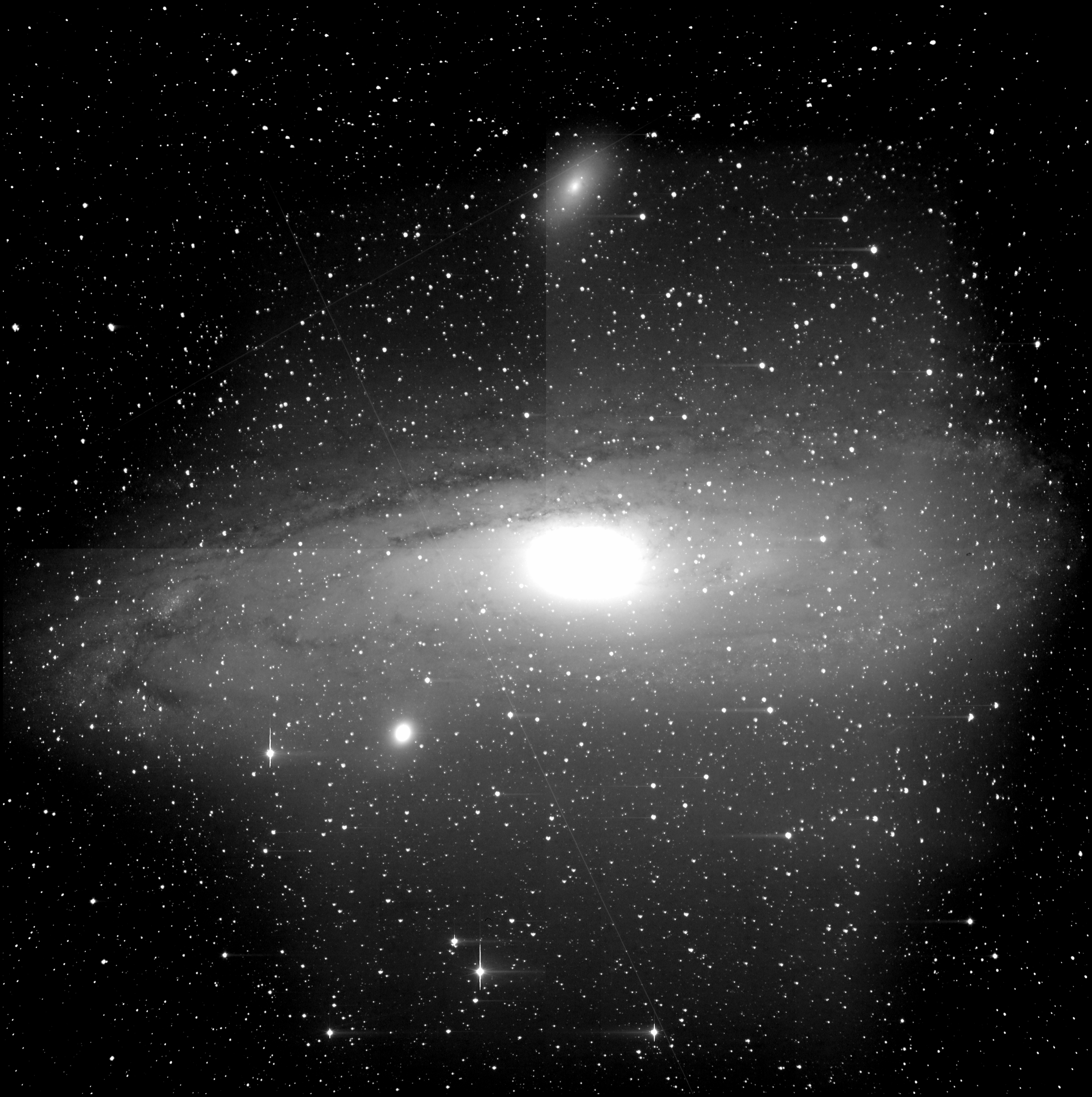6.06.2025

The European Space Agency’s (ESA) newest planetary defender has opened its ‘eye’ to the cosmos for the first time. The Flyeye telescope’s ‘first light’ marks the beginning of a new chapter in how we scan the skies for new near-Earth asteroids and comets.
Inspired by an insect’s compound eye, ESA and OHB Italia designed Flyeye to capture a region of the sky more than 200 times as large as the full Moon in a single exposure – much larger than a conventional telescope.
It will use this wide field of view to automatically survey the sky each night independent from human operation and identify new asteroids that could pose a hazard to Earth.

“In the future, a network of up to four Flyeye telescopes spread across the northern and southern hemispheres will work together to further improve the speed and completeness these automatic sky surveys and to reduce the dependence on good weather at any individual site,” says ESA's Ernesto Doelling, Flyeye Project Manager.
“The earlier we spot potentially hazardous asteroids, the more time we have to assess them and, if necessary, prepare a response,” says Richard Moissl, Head of ESA’s Planetary Defence Office. “ESA’s Flyeye telescopes will be an early-warning system, and their discoveries will be shared with the global planetary defence community.”

ESA’s Near-Earth Object Coordination Centre (NEOCC) will verify any potential new asteroid detections made by the Flyeye telescopes and submit the findings to the Minor Planet Center, Earth’s hub for asteroid observational data. Astronomers, including experts from the NEOCC, will then carry out follow-up observations to further assess the hazard that the object may pose to our planet.


“The unique optical design of the Flyeye telescope is optimised for conducting large sky surveys while maintaining high image quality throughout the wide field of view,” says Roberto Aceti, Managing Director at OHB Italia.
“The telescope is equipped with a one metre primary mirror, which efficiently captures incoming light. This light is then divided into 16 separate channels, each equipped with a camera capable of detecting very faint objects. This enables simultaneous high-sensitivity observations over a large region of the sky.”

During operations, Flyeye’s observation schedule will be optimised to consider factors such as Moon brightness and the work of other survey telescopes such as the NASA-funded ATLAS telescopes, the Zwicky Transient Facility and the upcoming Vera Rubin Telescope.

These images of the sky above the ancient stone hills of Matera, Italy, are more than just a test – they are proof that Flyeye is ready to begin its mission. The telescope will soon leave the Space Geodesy Centre of the Italian Space Agency (ASI) and be transported to Monte Mufara, in Sicily, where it will join the global effort to keep watch over Earth’s skies.
Quelle: ESA
